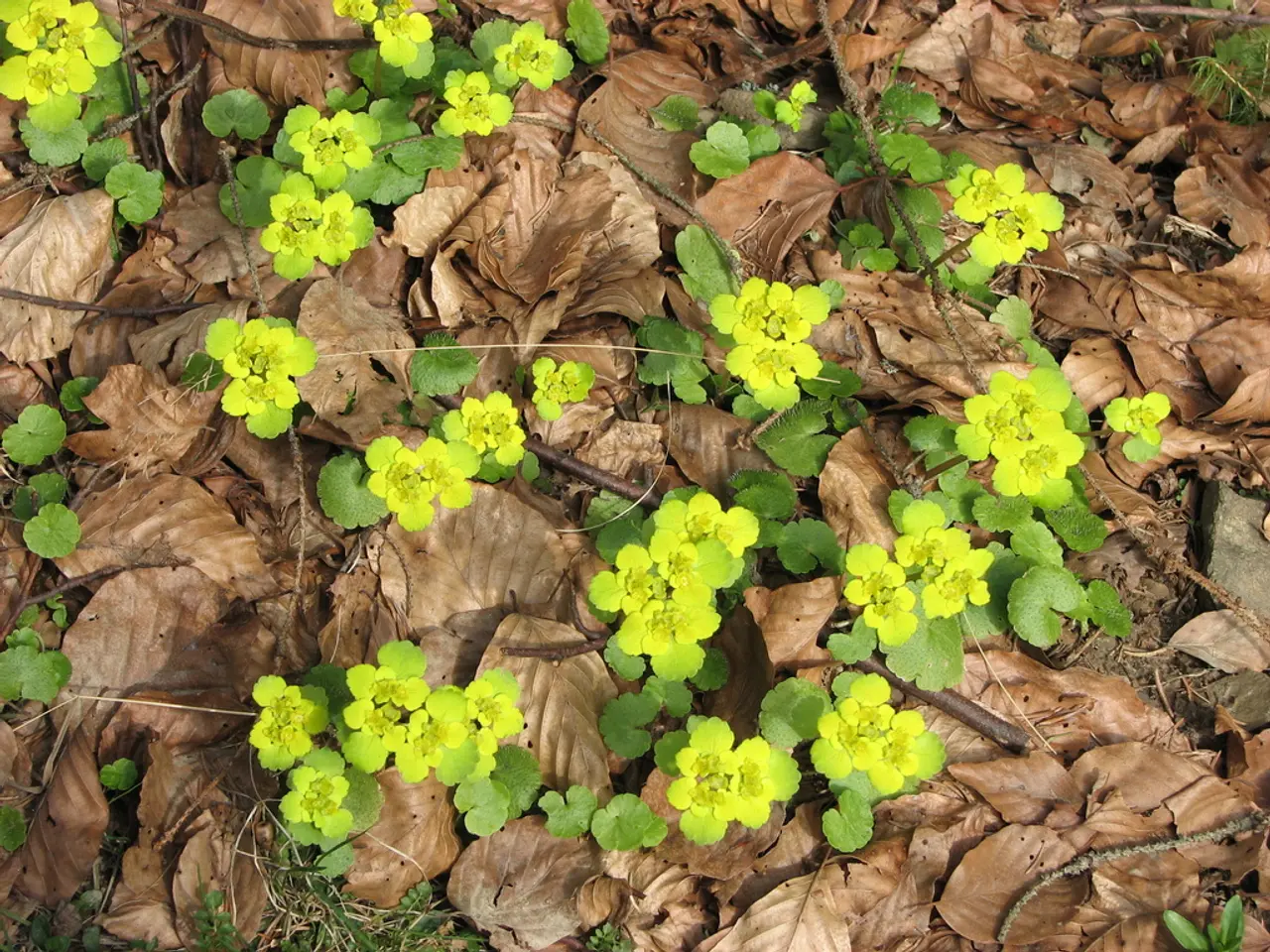Soil Tension: Perplexity in Optimal Soil Conditions for Planting
In the realm of agriculture and horticulture, soil compaction poses a significant threat to plant health and growth. This issue arises when soil becomes densely packed, making it difficult for plants and their roots to penetrate. This compacted state can limit the ability of crops to take up nutrients efficiently, leading to reduced crop yields and overall plant health.
Soil compaction increases soil strength, a factor that negatively impacts water infiltration into the soil. As a result, the volume of water that can be held is reduced, leading to an increase in water runoff, soil erosion, and waterlogging. Compacted soil appears dense and packed down, preventing water from penetrating the surface and blocking oxygen from reaching the roots.
This serious form of soil degradation can have detrimental effects on plant health and growth. To prevent and improve soil compaction, key strategies include minimizing soil disturbance, adding organic matter, aerating the soil, using cover crops, and managing traffic on the soil surface.
Avoiding tilling soil when it is too wet or too dry and limiting tillage frequency can prevent compaction buildup. Adding organic matter such as compost or manure to the soil improves its structure and water retention, enhancing root growth. Aerating the soil mechanically through core aeration or subsoiling can remove plugs or fracture compacted soil layers, promoting better air, water, and nutrient flow.
Planting cover crops or plants with deep taproots can naturally break up compacted layers and contribute organic material when decomposing. Reducing foot and vehicle traffic on planting areas by creating designated paths or using boards to distribute weight prevents further compaction.
In some agricultural settings, advanced techniques such as pneumatic soil fracturing may be employed. This process involves high-pressure air being injected into the soil to create fractures, improving permeability and root growth. However, this is not a long-term fix and is more commonly used in agricultural settings.
Deep and infrequent watering supports root development and soil microbial activity that can help prevent compaction. Implementing these practices improves soil aeration, water infiltration, nutrient availability, and root penetration, all vital for healthy plant growth.
The soil textural triangle is a tool used to determine the textural class of a soil based on the relative percentages of sand, silt, and clay. Soil compaction reduces the pore space available for air, leading to poor soil aeration, negatively impacting root growth and function. Encouraging soil life, such as earthworms, can make the soil more resistant to compaction. Clay particles, with their large surface area, retain and supply nutrients and water for plant uptake, making them important for nutrient management in soil.
When transplanting, it is essential to pack the soil gently around the plant to support it, but not so tightly that it affects aeration and drainage. Methods for loosening compacted soil include using tools, adding organic matter, aerating the lawn, adding sand, using a soil activator, planting deep-rooted plants, and preventing soil compaction by avoiding tilling or working the soil when it is too wet or too dry, limiting foot and vehicle traffic, and regularly aerating the lawn.
To manage and prevent soil compaction, it is important to avoid trafficking wet soil, keep axle loads below 10 tons, reduce contact pressure using flotation tires, and increase the organic matter content of the soil. Adding organic matter like compost or well-rotted manure to the soil can improve its tilth, promoting drainage and aeration while improving the water-holding capacity of the soil.
In conclusion, understanding and addressing soil compaction is crucial for maintaining healthy plant growth. By implementing the strategies outlined above, we can improve soil health, enhance plant productivity, and promote sustainable agriculture.
To maintain a healthy home-and-garden, it's essential to address soil compaction, as it can negatively impact root growth and function. Gardening practices that promote soil aeration, such as adding organic matter, aerating the soil, and planting deep-rooted plants, can help prevent and improve soil compaction. By implementing these gardening strategies, you can create a supportive lifestyle for your plants, resulting in lush gardens and productive home-gardens.




